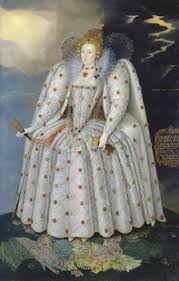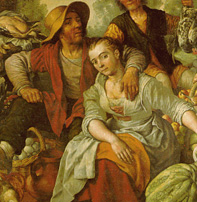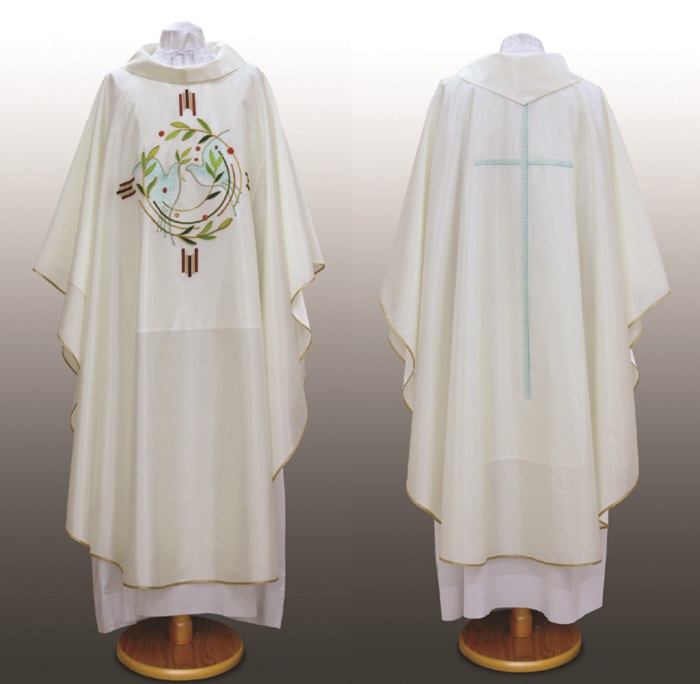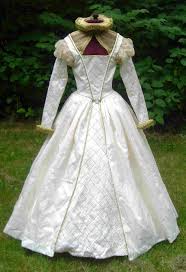The meaning of the colour White dates back to medieval times when it was associated with goodness, innocence, and spirituality.
During Elizabethan times the snow white colour not only was associated with elegance and virtue but it was a symbol of purity and virginity.
The pristine white colour was the colour of the rich and the royalty so was worn exclusively by the upper class of the society. However, the pure optic white colour should not be confused with the gentler shades of white linen worn by the poor peasants and country people.
Tudor fashion was ruled by the Sumptuary laws of the country. People who were allowed to wear the colour white during Elizabethan times belonged to both the upper and lower class of the society.

Meaning of White in Upper Class
Contents
The radiant white colour was difficult to obtain and very expensive to maintain. They required the utmost care and so people who could afford servants used to wear the colour white.
In Tudor age, the white colour symbolized chastity and virginity in women. In one of her portraits, Queen Elizabeth I have been seen to wear a pristine white gown portraying her image of a “Virgin Queen”.
While being a difficult colour to maintain, the colour was synonymous to power and was considered to be the colour of perfection.
Apparels made of rich cotton fabric and white silk was worn by the nobles and the aristocrats.

Meaning of White in Lower Class
The poor peasants and the country people used the common dyestuffs available in the local markets and the garden to colour their own fabrics.
The cheap white cotton and wool were used for undergarments, aprons, and headgears. There were many shades of white available in the market like the pale white or the creamy version of the white colour.

Biblical Meaning of Colour White
The liturgical meaning of colour White is purity, virtue, and Holiness. In Revelations, Jesus Christ has been seen wearing a spotless white robe with golden sash.
White is an embodiment of all things that are virtuous, pure and celestial. So, angels and saints are often seen as white figures or wearing white robes.
White also symbolizes righteousness, cleanliness, wisdom and faith.
White is a sign of humility and authority. The Pope, head of the Roman Catholic Church always wears a white robe which represents his dominant power over the “Order of Church” and also his dedication to God.

Meaning of White in Christmas and Holy Days
The charming white colour represents the natural white colour of the winters and the snow and hence is one of the festive colours of the Christmas season.
White is the colour both for Christmas and Easter. It signifies joy, peace and celebrations.
White along with the colour gold signifies the incarnation or birth of Christ during the holy day of Christmas. All churches are draped in white cloth to mark the festivities of his birth.
Likewise, Easter is also celebrated with the colour white which marks the triumph of good over evil.
Religious Significance of Colour White
In many traditions, white is used in funerals as it is the colour of mourning and signifies resurrection.
Over the years white has emerged as the predominant colour for young brides in wedding rituals. It is symbolic to the bride’s purity and virtue.
In the Christian faith, the baptismal garment worn during the ritual is white. Here the colour white means the washing away of all sins and the revival of innocence and thus rebirth.
